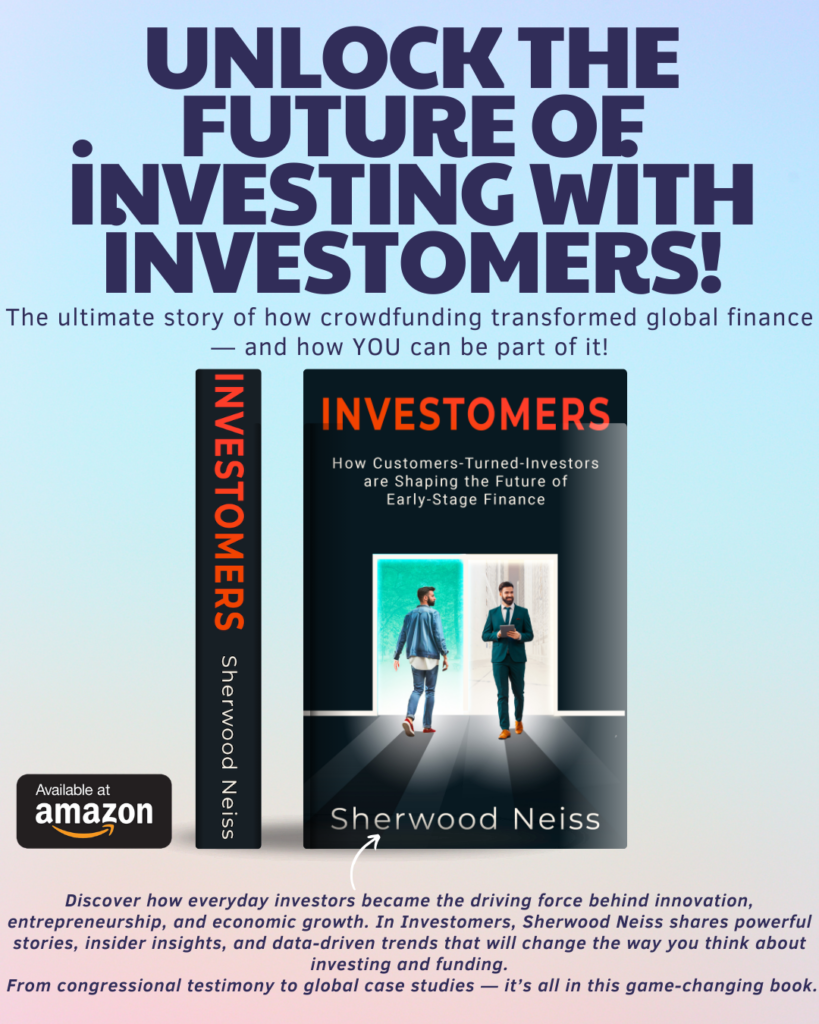Startups can raise millions from their communities on investment crowdfunding platforms like Republic, Wefunder, and StartEngine. They can tap into their networks, democratize investment opportunities, and build engaged investor communities that become customers and advocates.
But venture funds? We’re stuck in 1980.
The Problem Is Real
I recently tried to find an investment crowdfunding platform for our fund after launching through Carta. The answer was simple: they don’t exist.
While a startup can post their pitch online and raise from hundreds of investors through investment crowdfunding, venture funds are relegated to endless one-on-one meetings, cold LinkedIn outreach, and hoping someone in their network knows a family office that might be interested.
This isn’t just inefficient—it’s absurd.
The Regulatory Straightjacket
The current system forces VC funds into an antiquated fundraising model because of regulations designed for a different era. Funds can only raise from accredited investors, which immediately kills any “crowd” element. But here’s the thing: this doesn’t actually protect anyone.
Accredited investors are already sophisticated enough to evaluate risk. They’re the same people investing in hedge funds, private equity, and complex derivatives. Yet somehow, a regulated investment crowdfunding platform for VC funds—which could have standardized reporting requirements—is off the table?
What We’re Missing
Imagine if venture funds could use investment crowdfunding to:
- Post their investment thesis and track record online
- Allow qualified investors to browse and compare funds like they do startups
- Build communities around their portfolio companies
- Enable smaller check sizes to increase participation
- Provide real-time portfolio updates to their investor base
This isn’t just about efficiency—it’s about democratizing access to venture returns and creating more competitive fund markets.
A Modest Proposal for Venture Fund Crowdfunding
Here’s what could work within existing frameworks:
Phase 1: Allow accredited investors to discover and invest in funds through regulated investment crowdfunding platforms. Same investor protections, just better discovery and onboarding.
Phase 2: After a fund’s first year and annual report, open investment to non-accredited investors under Reg CF guidelines. Let retail investors see actual performance data—MOIC, portfolio progress, realized returns—before making decisions.
This gives funds a year to prove themselves while giving regular investors access to data-driven investment decisions.
And let’s be clear: putting up a fund doesn’t guarantee investment. If it did, every RegCF issuer would blow past their targets. Most don’t. The market is selective, and that’s the point.
Venture funds aren’t get-rich-quick schemes that attract impulsive money. They’re 10+ year commitments with capital calls, management fees, and carry structures that require serious consideration. Investors understand they’re locking up capital for a decade. This isn’t day trading—it’s long-term wealth building that naturally filters for committed investors.
Platforms could build in natural validation mechanisms—show total raised, number of investors, and let LPs opt-in to display their names publicly. When retail investors see “127 investors have backed this fund, including [Notable LP Names],” that’s powerful social proof and investor protection rolled into one.
The existing RegCF framework already has the tools we need: Bad Actor checks to keep fraudsters out, disclosure requirements, and regulatory oversight. We’re not reinventing the wheel—we’re just applying proven safeguards to a different asset class.
Why This Matters
The current system perpetuates inequality in two ways:
- Fund managers with the best networks raise easier, regardless of skill
- Regular investors are locked out of the asset class generating the highest returns
Meanwhile, the same regulatory framework that “protects” retail investors from VC funds happily lets them invest in penny stocks, crypto, and lottery tickets.
The Real Absurdity
We’ve created a system where:
A retail investor can put $10,000 into a single startup through investment crowdfunding (high risk, binary outcome)
But they can’t put $1,000 into a diversified fund of 30 startups (lower risk, portfolio approach)
The risk profile is backwards. The access is backwards. The entire system is backwards.
And we’re not just talking about diversification within a single fund. Imagine the power of choice when investors can diversify across multiple fund strategies: early-stage generalists, healthcare specialists, fintech-focused funds, or deep tech investors. Instead of being locked into whatever fund their network happens to know, investors could build portfolios that match their thesis, risk tolerance, and sector interests.
More funds in the market means more competition, better terms for LPs, and specialized expertise finding the best deals in each vertical. That’s how healthy markets work.
Join the Conversation
Fund managers: What’s been your biggest challenge in raising capital online?
Investors: Would you invest in VC funds if there was a transparent, regulated investment crowdfunding platform?
Regulators: (I know you’re not reading this, but…) It’s time to modernize these rules.
The technology exists. The demand exists. The only thing missing is the regulatory framework to make it happen.
What am I missing? Drop your thoughts in the comments.
